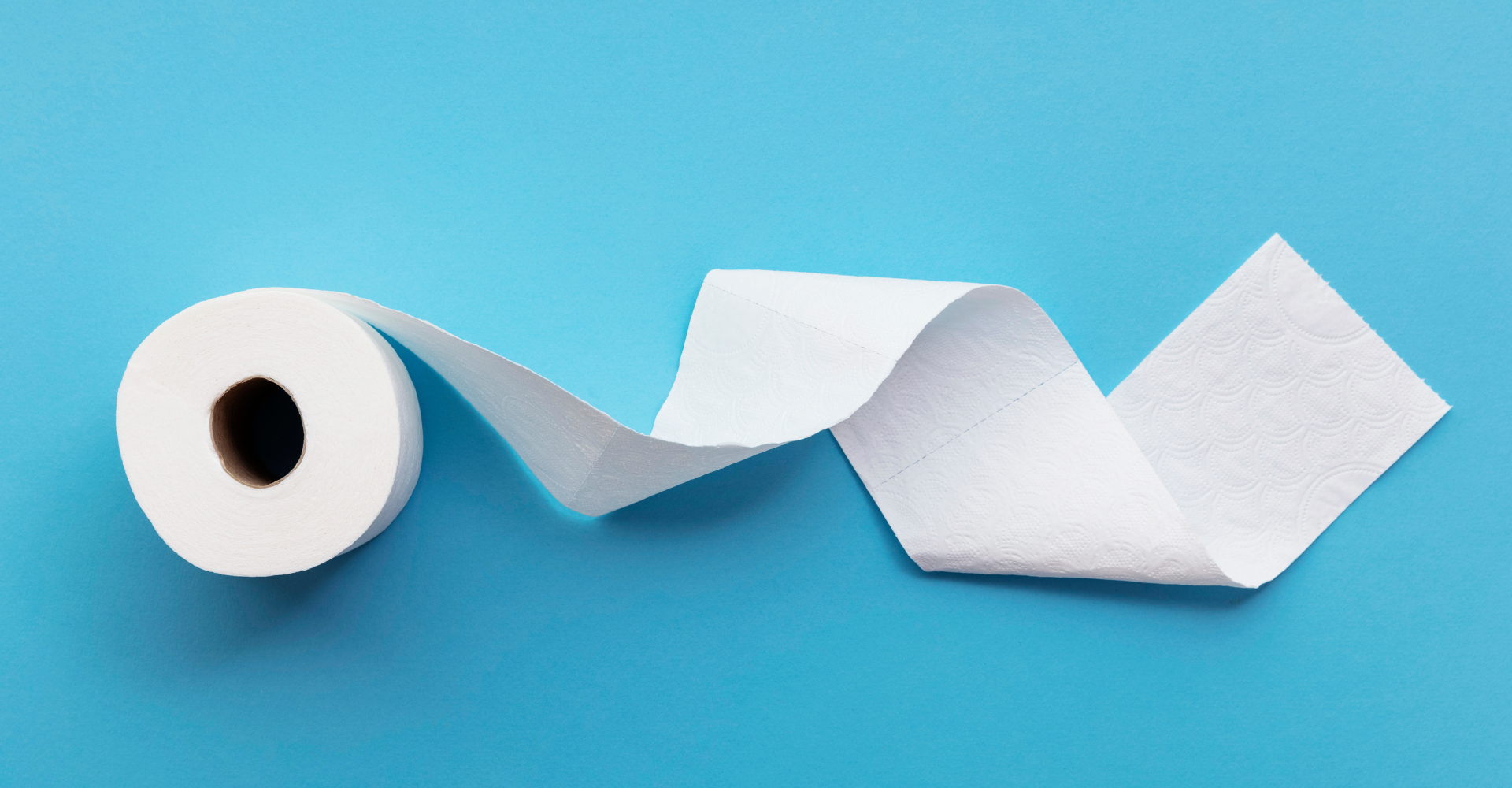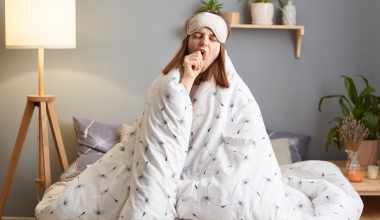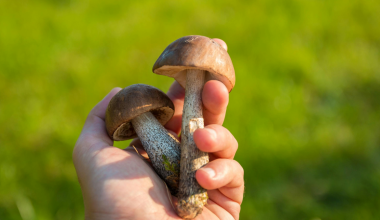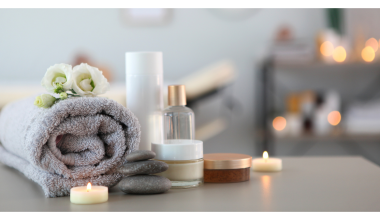When you buy through our links, we may earn a commission. Learn More.
Did you know that only 30% of the world’s population uses toilet paper to clean up after using the bathroom? But as emerging and recent research shows, the toilet paper habit could be hazardous to our health, and the environment.
A study in the American Chemical Society’s journal of Environmental Science and Technology reports that the toilet paper that is used by millions of people is full of toxins known as forever chemicals.
The term refers to chemicals that do not decompose. They contaminate sources of drinking water and do not break down in our bodies or the bodies of other animals on the planet
In a nutshell, toilet paper contains thousands of toxic chemicals that many people seem to not know about but should.
Noxious Chemicals Found in Toilet Paper
A few examples of the chemicals found in toilet paper are as follows:
PFA’s are a group of around 4,500 chemicals that are found in cleaning products, cosmetics, some fabrics, non-stick cookware, stain resistant coatings and more. It’s almost impossible to avoid PFA’s. They are found in the blood of virtually everyone on the planet.
The thousands of variations in PFA’s make them hard to study, but research to date underscores the possible link between PFA’s and illness including increased risk of some cancers, effects on the liver, kidney, thyroid, immune system, nervous system, metabolism and bodyweight, and reproduction and development.
PFAS have also been shown to cause toxicity to the immune and nervous systems of wildlife across the planet, along with general effects on growth, reproduction, and development.
Chlorine is what gives toilet paper the ultra-white colour and is filled with chemicals that can cause many symptoms when in contact with skin. Dry skin, rashes, irritations, and itchiness, especially on delicate skin in areas such as the genitals, are common in people with prolonged exposure to chlorine.
A consequence of the bleaching process is the production of dioxins and furan chemicals in toilet paper which carry a multitude of health risks. Studies point to reproductive and developmental issues, immune system depletion, and some chemicals might even block or interfere with the body’s hormones.
According to a journal article published on IntechOpen, “Dioxins and furans have very harmful effects on the human health causing cancer, diabetes, neurotoxicity, immunotoxicity and chloracne.”
Formaldehyde is a chemical that might seem as useful at first glance, but it becomes more alarming upon investigation. Used to make toilet paper stronger, it does not break down when it becomes wet.
However, it is a highly reactive and toxic chemical. So much so that according to a journal article in the BioMed Central database, “The International Agency for Research on Cancer classifies formaldehyde as a Group 1 carcinogen, based on nasopharyngeal cancer and leukemia studies.”
While it does require substantial amounts of exposure for the more serious symptoms to take effect, toilet paper is something that is used every day for a multitude of reasons, and so over time the sheer accumulation of toxins may eventually begin affecting one’s health.
Additionally, artificial fragrances found in scented toilet paper can cause irritation of intimate areas with delicate skin and can put you at risk for various conditions, ranging from “pruritus ani” to vulvovaginitis, to haemorrhoids.
Toilet Paper Alternatives
The fact that only 30% of the world’s population uses toilet paper indicates that there are several viable alternatives. While some may seem culturally inappropriate for North Americans, there are a couple of options worth considering. Only one of them, however, is toilet paper, as even recycled toilet paper contains harmful chemicals.
Bamboo Toilet Paper
Typically considered the best option to standard toilet paper, bamboo is popular because of its softness and sustainability. It is often free of harsh chemicals, fragrances, and dyes, however, check the packaging before purchase to confirm.
Bamboo grows quickly, requires no fertilizers, little water and is a highly renewable resource. This said, the production process to produce bamboo toilet paper, deforestation for new bamboo growth and global shipping warrant further consideration.
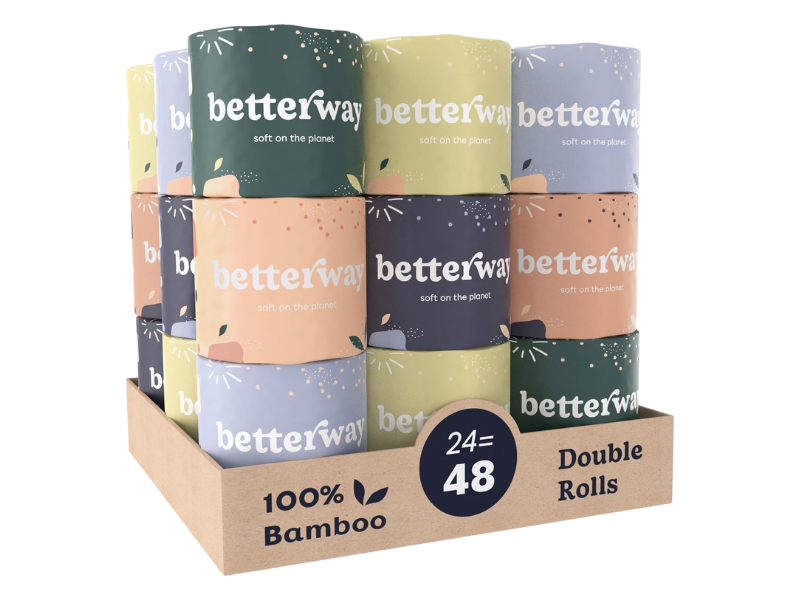
Betterway bamboo toilet paper is unscented & dye-Free. No more worries about irritation or sensitivity from the chemicals in regular TP brands. This sustainable toilet paper is made with 100% all natural, non-GMO bamboo.
Ultra-Slim Bidet
If you’ve travelled internationally to Europe, Japan or some south American countries you have no doubt encountered the bidet.
First documented in the mid-1700’s in France, the bidet enabled people to not only clean themselves after using the toilet, but also to indulge in much-needed “bain de chat” when bathtubs full of hot water were a rarity.
Traditionally, a bidet is a stand-alone porcelain plumbing device that looks like a long, low sink. It has a faucet, a water stop and many also include a sprayer. Think of it as a sink for your undercarriage.
Another option is to install a handheld bidet sprayer or a toilet seat bidet. These are great options for anyone who wants to try using a bidet before committing or doesn’t have enough space for a stand-alone.
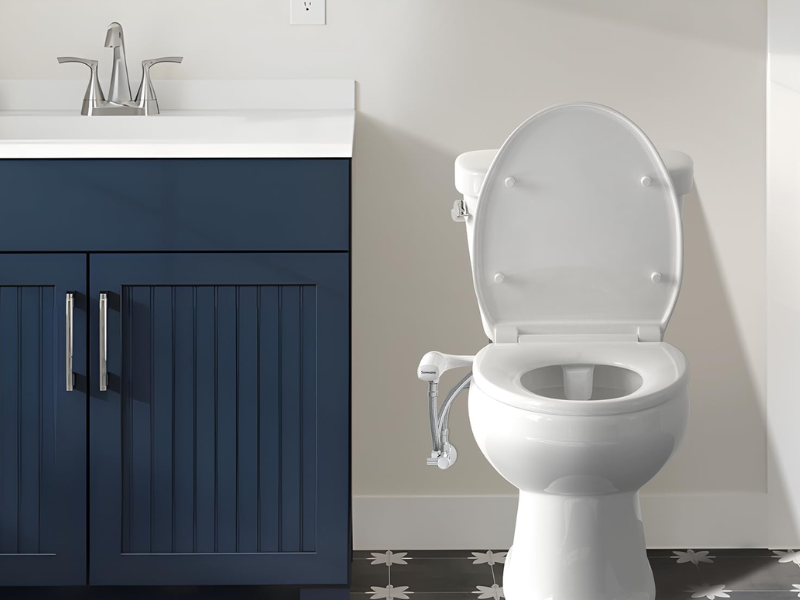
Enjoy a personalized cleaning experience with dual nozzle cleaning modes. Using a rotary switch, you can effortlessly switch between modes and adjust water pressure as desired.
Smart Bidet Toilet
The Japanese have taken the bidet many steps further with the introduction of the all-in-one smart toilet.
These toilets come with a built-in, remote-controlled bidet, with some coming equipped with the intriguing sounding “lady shower” function specifically for women.
People with restricted mobility often find smart toilets to be particularly welcome.
Smart toilets are self-cleaning, and many offer an air dryer which is helpful as it is common to use a small amount of toilet paper to dab dry after using the bidet.
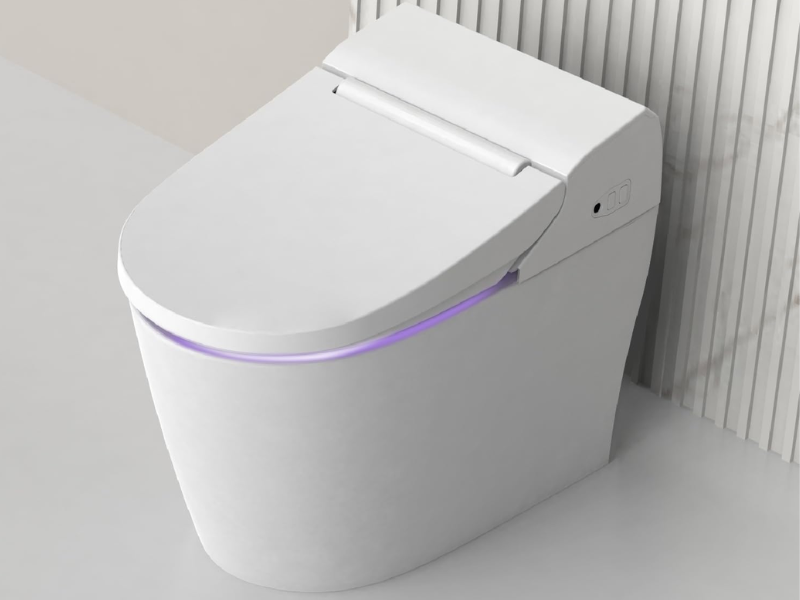
This smart seat sensor that can choose between a small flush or a full flush, providing hands-free operation. Tornado wash powerfully cleans the inner bowl without using any stale water.
People are increasingly becoming sensitized to the impact of chemicals on our health, and the environment. Looking for eco-friendly alternatives that carry no chemicals is not only good for you, but also for the planet.
~ Read more from The Health Insider ~
- The Science of Sweat: How Saunas Boost Heart & Brain HealthExplore the life-extending benefits of sauna use. Compare traditional and infrared costs, health benefits and safety in our expert guide.
- There’s a Reason Your Voice May Not Be As Clear as it Can BeFrom dry winters to loud parties, your voice takes a beating. Learn how to protect your “vocal instrument” with these expert tips and SAC guidelines.
- Leftovers Safety: Store & Reheat Like a ProLearn how to store and reheat holiday leftovers safely. From the “Two-Hour Rule” to freezing tips, keep your Canadian kitchen healthy this season.
- Guilt-Free Indulgence for the Holidays. This is How it’s Done.Enjoy every plate this season! Prep your gut with our low-effort tips: boost hydration, sip digestive tea, and avoid the post-feast crash.
- Health Canada Authorizes TNKase for Treatment of Adult StrokeHealth Canada officially authorizes TNKase for treating acute ischemic stroke in adults. This pivotal approval introduces a faster, 5-second injection to emergency rooms nationwide.
- Generic Ozempic: Canada to See Significant Price DropsStruggling with high medication costs? Generic Ozempic is coming to Canada in 2026. Learn how prices could drop from $400 to around $100.
The information provided on TheHealthInsider.ca is for educational purposes only and does not substitute for professional medical advice. TheHealthInsider.ca advises consulting a medical professional or healthcare provider when seeking medical advice, diagnoses, or treatment. To read about our editorial review process click here.

